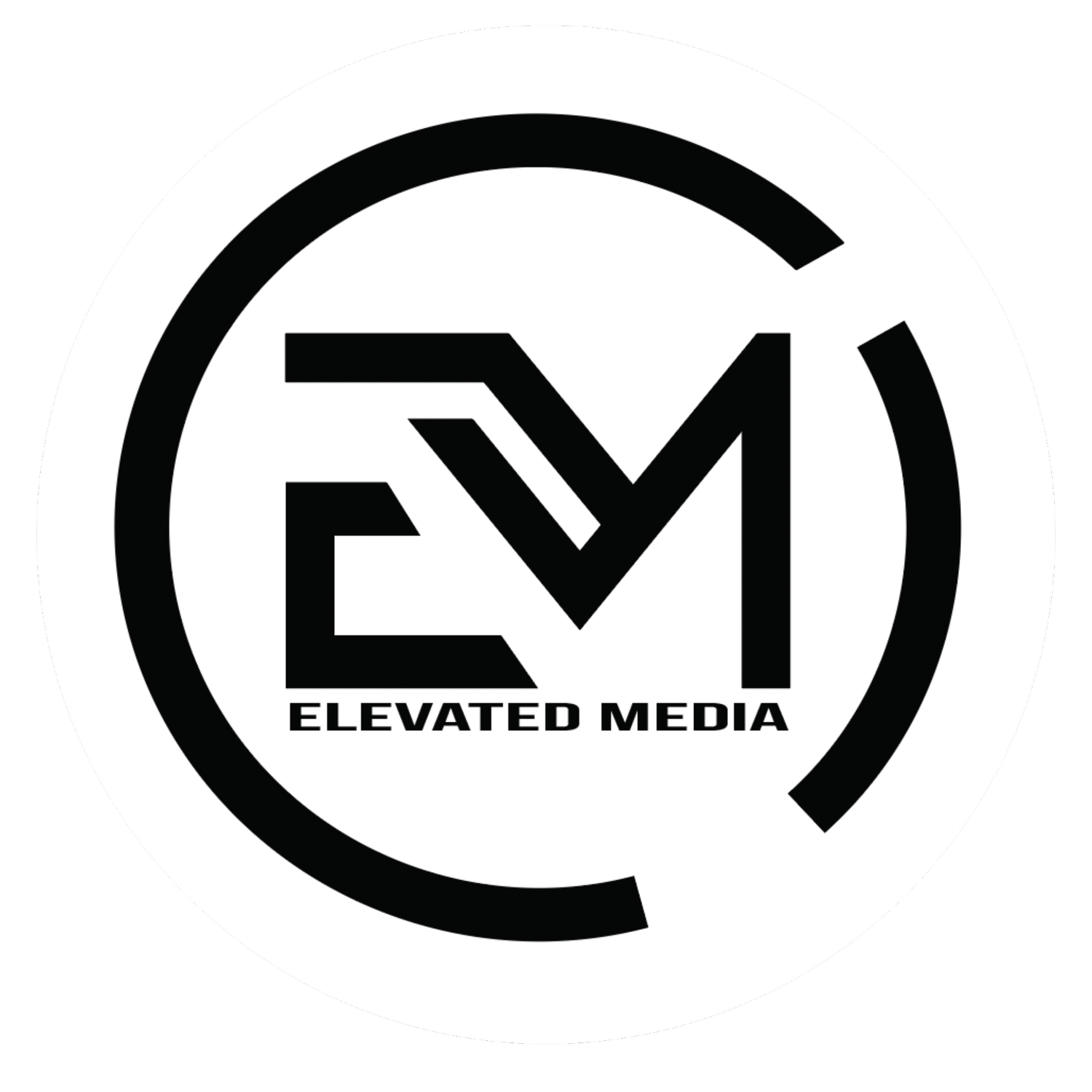Unleashing the Power of AI: How the New Bing is Changing the Game for Communications Professionals
Welcome to the digital playground! Today we're going to talk about a new AI-powered copilot that can help us be better at our craft of communications: the new Bing. Yes, you read that right - Bing is back and better than ever. And with its new preview, you might be surprised at how much it can help us in our work.
Now, we know what you're thinking. "Bing? Really?" But hear us out. Bing has some starter prompts that have helped many communications professionals in their work over the past few weeks. If you like the answers you find with Bing, remember to follow-up with the source links for more information.
The new Bing is still in preview, and the team is continuing to take feedback and apply those learnings to improve the experience over time. So let's get started with some useful information to help you use Bing like a pro.
First, choose a conversation style: "More Creative," "More Balanced," or "More Precise." The new Bing won’t hesitate to offer some follow-up questions to help hone in on the answer you’re looking for. Don't leave Bing hanging! It may have an ancillary topic related to the topic you’re asking about. And always remember to check out the sources that Bing is pulling from if you like some of the answers you’re getting and want more details.
Now, on to the fun stuff - the prompts! One way to use Bing is to prepare for media interviews. Just ask it to generate a list of interview questions for your subject. For example, "Help me prepare for a podcast interview with Kara Swisher. The topic we’ve agreed to discuss is the rise of Artificial Intelligence tools and services. Based on her most recent writing and podcasts, give me 10 questions I should anticipate." Bing will do the work for you, and you'll be prepared for any curveballs Kara might throw your way.
Another way to use Bing is to get quick snapshots of media coverage. Just ask it, "What’s the latest news about X today?" or "What’s the overall tone of these stories?" It's not a substitute for deeper analysis, but it's a surprisingly good first snap when you need something now.
Bing chat is also a great brainstorm idea generator. Use it to get inspiration for your social media posts. Just ask Bing to generate a few tweets that include X information and use a Y tone. Or write a LinkedIn post for your blog, generate a few tweet ideas for your company, or take some information and turn it into a character tweet or LinkedIn post. Bing will even write a more engaging version if you ask it to!
And finally, Bing can help you generate headlines for your blog posts. Just ask it to suggest a few variations of headlines for your text, and voila! You're done. No more struggling to come up with a catchy headline.
So there you have it - some fun and useful ways to use the new Bing. We're in the thick of it, trying to figure out what this new age of AI means for us and our craft, but one thing's for sure - we can accelerate our secret power of language with AI. So go ahead and sign up for the preview at bing.com/new and give feedback directly to Bing so they can continue to improve the experience. Happy experimenting!
Author: Nardeep Singh
